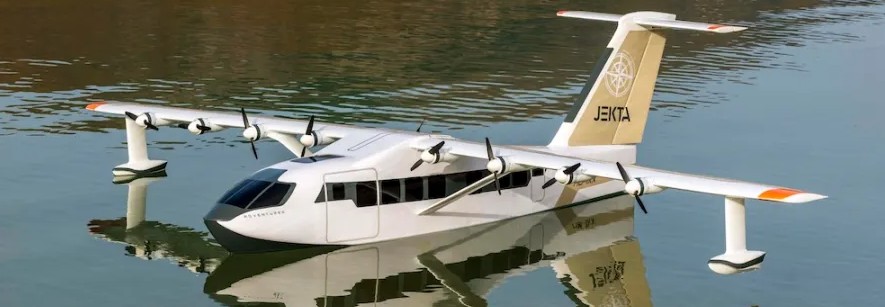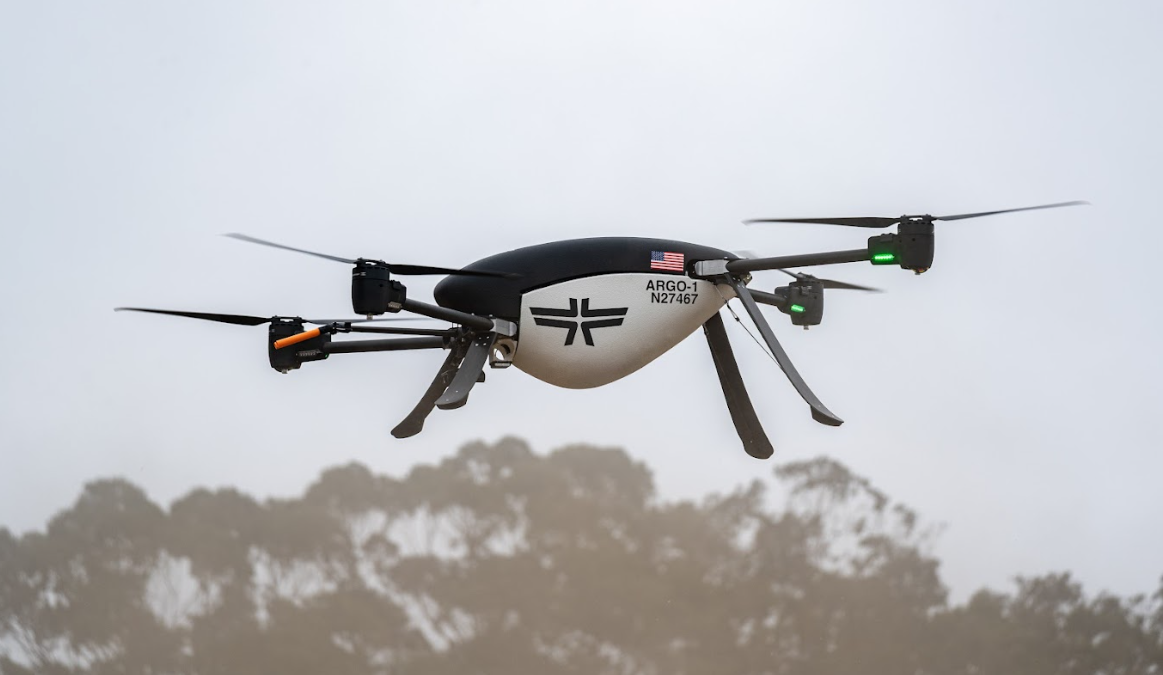From Google to Defense - Eric Schmidt’s Secret Drone Startup Takes Flight
.jpg)
When you think of drones and defense tech, Silicon Valley might not be the first place that springs to mind. Yet that’s exactly where former Google CEO Eric Schmidt has quietly built his next big venture. With a sharp vision and a lean, covert operation, he’s stepping into the aerospace arena—this time with Ukraine in his crosshairs, and AI-guided drones in his hands.
Schmidt’s new company—originally called Swift Beat, later renamed White Stork, and rumored now as Project Eagle—is positioning itself as a silent but potent force in modern warfare. Operating in the gray zone of secrecy and strategic necessity, the firm has inked a major deal with Ukraine’s Defense Ministry. That agreement, signed amid Kyiv’s most senior leadership, outlines mass drone production, headlined with interceptor UAVs dubbed “Storks,” powered by AI and advanced targeting systems.
What makes this story dizzying isn’t just the scale—it’s how it blends two worlds. One day, Schmidt was steering Google’s global search empire; the next, he’s touring Ukrainian drone factories and war-torn frontlines. That pivot came after he spent years advising the Pentagon and championing AI defense, first on the Department of Defense’s Innovation Board and later through the National Security Commission on AI. But now it’s personal. He’s not just advising on tech—he’s building the hardware.
The drone lineup reportedly includes a range of unmanned systems: compact quadcopters for reconnaissance, larger medium-class attack drones, and agile interceptor UAVs designed to shoot down hostile drones. All of them leverage AI for guidance, navigation, and targeting, which marks a clear shift from simple remote control. These aren’t toy-grade quadcopters; they’re hardened, hybrid systems combining speed, smarts, and cost-efficiency—a weaponized generation for a new battlefield era.
Production is set to kick off either in Denmark or Estonia, with delivery targets reaching into the hundreds of thousands this year alone. That’s rapid scaling by any measure—faster than most startups can build a minimum viable product. Yet Schmidt’s operation is doing more than just pump out units; they’re defining a template for emerging defense suppliers: agile, tech-centric and blind to the bureaucratic gridlock that often slows traditional defense firms.
Schmidt’s approach also shines a light on how Ukraine has changed the global drone game. The conflict has become a proving ground for UAV innovation, with Kyiv absorbing lessons and innovations from across the globe—from U.S. investors to battlefield feedback. Schmidt’s hands-on visits, funding of local accelerators and technology transfers signal a mutual commitment. He’s not shipping off shelf stock; he’s co-developing systems with Ukraine’s engineers. That means local production, real-time iterative design, and deeper engineering integration—a model far beyond mere supplier-client relationships.
Still, the job isn’t done. Stefan says the extra layer of secrecy about White Stork’s real roster and product specs isn’t about shadow ops—it's a necessary strategy for maintaining tactical surprise and safeguarding supply chain security. Drone tech leaks quickly, and competition or adversaries could replicate specs overnight. Keeping a clean, covert front gives them a strategic head start.
Behind all this lies Schmidt’s belief that drones—with AI breathed into them—are redefining warfare. From Ukraine’s FPV kamikaze drones that can cost mere thousands yet threaten multi-million-dollar enemy armor, to battlefield detection systems tuned for quick reaction, there’s a quiet revolution underway. Schmidt’s previous public advocacy—calling for drones to replace tanks and pushing lawmakers toward AI-first military doctrine—serves as the ideological backdrop to this silent factory floor.
The implications ripple beyond Ukraine. If Schmidt and his team hit their production targets and supply interceptor drones in volume, suddenly we have a new paradigm: mass‑produced, AI‑integrated defense systems built with consumer-grade engineering rigor and corporate-scale funding. That’s a departure from bespoke defense orders done in small batches, and it’s directly relevant to NATO allies, Gulf states, or anywhere else rethinking how they prepare for future conflict.
Critics, however, will wonder about regulation, oversight, and accountability. When drones become the norm on the battlefield, who ensures they follow international norms? Are AI-targeting tools accurate enough? How do you prevent civilian collateral? These questions aren’t theoretical—they’re being debated in policy circles worldwide. Schmidt’s guns‑for‑hire drones will soon arrive alongside political scrutiny.
Still, this venture feels different. Unlike many defense primes that chase big-ticket contracts with slow-moving systems, Schmidt’s operation is fast, lean, and celebrating speed. His prior success—from Google’s rise to Alphabet’s reinvention—gives him leverage. He’s aiming for a production network that mirrors a tech startup’s velocity: iterate, scale, iterate again. That mindset is offering Ukraine a different kind of partner—one built not from old defense paradigms, but Silicon Valley’s philosophy of launch fast, fail quickly, and build resilience into your current sprint.
As global attention shifts from hardware to algorithms, and from slow builds to mass deployment, Schmidt is sending one clear message: the future of war is smart, not just strong. Whether those smart systems improve security or risk instability, it’s clear this has moved well beyond his former life at Google.
Now, Wright’s drone engines are humming. Factory lines are lighting up. Countries are watching. Investors are paying attention. And somewhere close to where those first drones fly, a small factory is turning theory into reality—one AI whirr, one guided flight, one silent interceptor at a time.
This isn’t just philanthropy or tech play. It’s calculated strategy. And it's a sign that, for better or worse, the drone era has arrived—and Eric Schmidt is determined to build it.





